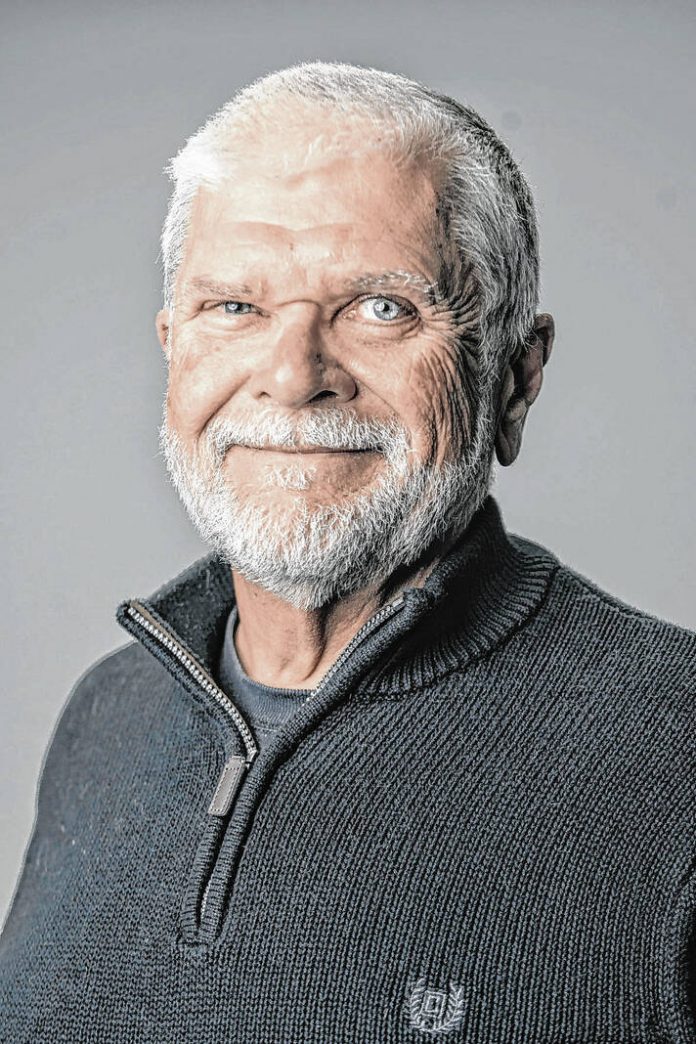On Sunday, June 18, four people who paid $250,000 each climbed into a 22-foot-long metal tube, with a 4-day oxygen supply, to travel 2.5 miles below the surface of the Atlantic Ocean and see the remains of the Titanic.
Piloting the “submersible” for the trip was the 61-year-old CEO of a private “research and tourism” company. The passengers included a retired French Navy commander, a wealthy Pakistani businessman and his 19-year-old son, and a British businessman/adventurer.
The trip would end with all five “adventurers” dead at the bottom of the North Atlantic, after a 5-nation, multi-million dollar rescue attempt failed.
The craft had imploded, unable to withstand the pressure of the ocean at 13,000 feet.
Only hours earlier, as many as 750 refugees from Pakistan paid as much as $8,000 each — most by selling all their earthly possessions — to board an 80-foot long fishing boat in a desperate attempt to escape to Europe.
Piloting the fishing boat was a gang of human traffickers bent on getting rich via the suffering of fellow human beings. The trip would end at the bottom of the Mediterranean Sea off the coast of Greece. No exact body count likely will ever be made, but the Pakistani government estimates more than 110 refugees drowned.
American media — along with media from around the world — extensively covered the drama of the failed sightseeing trip to the Titanic and the attempt to rescue the five trapped men. Before, during and after the search, Americans gobbled up every scrap of information about the tragedy.
A week later, news outlets continued to give the story top coverage as “experts” probed possible causes of the implosion and debated how the tragedy could have been avoided.
(What a great opportunity for a televised mini-series — or even a major motion picture.)
Meanwhile, the sinking of the fishing boat also received first-day coverage — front page in fact — in major newspapers, on news websites and on TV. Second-day coverage dwindled, however, and moved to the “inside pages.” By the third and fourth day, updates had to be located via a Google search. A week later the story was gone, along with the dead.
I guess this is the way news coverage works; in fact, the way it always has worked as far back as I can remember.
A cynic might say news coverage is just amoral media mathematics; 110 poor refugees are not proportionally close to the importance of five wealthy adventurers. Those looking for a moral scapegoat could just “blame the messenger” for the decision.
But a realist might have to recognize the interests of the consumer — you and me — actually drive the coverage. Profit motives are at the heart of the way print media space and TV air time is proportioned. And, the profits are in the drama — the sports competition, the voyeurism of reality television, the shouting back and forth of commentators across the cultural divide and deep dives into “the unusual” for the sake of entertainment.
Sadly, we live in a world where the tragic suffering of the poor and the oppressed is so commonplace it is hardly front-page news — or sometimes news at all.
According to statistics from the United Nations, nearly 3,800 migrants from the Middle East and North Africa died trying to get to Europe just last year. Who can relate to that? How can the sinking of one fishing boat be worth coverage? It just isn’t unusual enough to hold the consumer’s attention.
Now, five wealthy guys in a “submersible” trying to visit the Titanic doesn’t happen every day. That is news.
And who decided that? You and I.
Bud Herron is a former editor and publisher of the Daily Journal. Contact him at [email protected].





